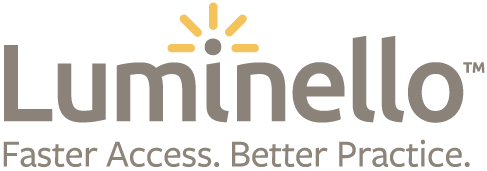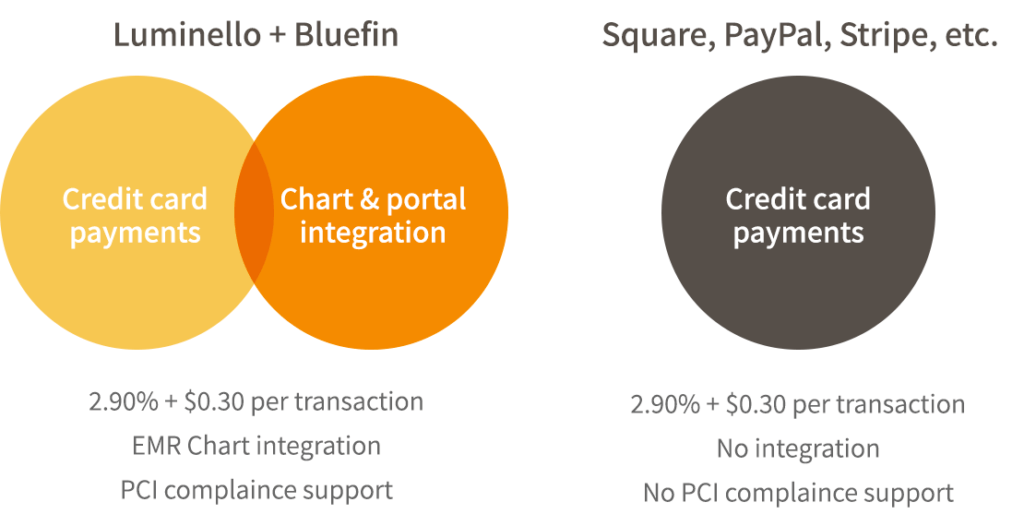As technology advances, it is inevitable that therapists and psychiatrists will have to start making changes to keep up with the changing times. There are many ways mental health clinicians can incorporate technology to modernize and increase the efficiency of their practices. For people who consider themselves to be “tech-savvy,” incorporating more technology in private practice could be simple and easy. But even for those who are less familiar with technology, there are a few basic ways that using technology can increase your practice efficiency. What follows are a few ideas for how to incorporate technology into private practice.
1. E-mail
Regardless of your level of experience with technology, it would be difficult to find someone who does not have an email account these days. Here are ways you can use email in your private practice:
Administrative purposes:
- Scheduling appointments
- Cancelling appointments
- Billing
- Coordinating care with other providers
Clinical purposes:
- Using email for clinical matters gets a little more complicated. Different clinicians are comfortable with different levels of communication via email for clinical matters. Some may feel comfortable with brief “check-ins” over email, such as to discuss side effects or an issue they would like to bring up next session. Others use email strictly for administrative purposes.
- Email is not appropriate for emergency situations.
When using electronic communications, it is important to be aware of the security risks. Standard email platforms (gmail, yahoo, hotmail, etc.) are not 100% secure and therefore not HIPAA-compliant. Read more information about the risks and ways of protecting electronic communications.
2. Apps
Whether people are tracking the number of steps they take in a day, looking for a life-long partner, or trying to catch a ride across town, people are turning to apps to help them reach their goals. As such, it makes sense that there have been a variety of apps developed to assist patients in therapy. Because so many people benefit from the conveniences that are offered through apps, many patients are excited about the possibility of using apps in therapy. Here are some of the benefits of using apps in therapy:
Assists with between-session “homework” assignments
Examples include:
- Symptom monitoring
- Thought tracking
- Guided mindfulness activities
Increases homework compliance
- It is easier to do work for therapy when it is conveniently located on your phone than when you have to remember to bring a piece of paper with you.
Maximizes use of session time
- Many apps have an email feature that allows patients to share their work with the therapist. This way, therapists can have a glimpse of what the patient’s week has been like before they come to session, which helps maximize and focus the session time.
Here is a list of some of my favorite apps:
- MoodKit – a CBT-based app that is helpful in targeting depression and anxiety
- iCBT – a CBT-based app that uses thought records to help clients improve mood.
- CBT-i Coach – a CBT-based app that targets insomnia
- ACT Coach – an ACT-based app that nicely supports any acceptance and commitment work. My favorite feature of this app is the guided meditations.
- What’s Up? – a CBT-based app that offers basic coping skills and general information about common issues that arise in therapy, including anger, anxiety, depression, self-esteem, and stress.
- Therapy Buddy – this app that helps clients stay organized in therapy. For example, certain features, such as “one helpful takeaway,” “homework,” or “things to bring up,” help clients remember important things that were discussed in session and keep track of what they want to discuss next time.
*Note: This is not an exhaustive list but just a sample of a few of my favorite apps. Since there are so many different options, it is a good idea to try them out yourself before suggesting them to clients so you can make sure they are useful.
3. Administrative Forms
Before beginning therapy, standard procedures require patients to complete a lot of paperwork. Most clinicians print their forms in advance and have the patients arrive early to the first session in order to complete the paperwork. However, between the printing, scanning, shredding, and time it takes for patients to complete the forms, the process is inconvenient and not very eco-friendly. Converting the administrative process from paper to electronic will not only enhance your practice efficiency, but also the satisfaction of your patients. Here are tips for making the pre-therapy process electronic:
- Create “fillable” PDFs for all pre-therapy forms. Examples of forms that can be converted into pdf docs are: informed consent and HIPAA, client contact information, client intake, and release of information.
- Make these forms available on your website or email them to clients in advance.
- Create a confidential “cloud” that allows patients to upload forms securely and electronically. An example of one is “Sookasa,” which stores, encrypts, and protects documents in a cloud. It also allows for sending and receiving of documents even if others do not have Sookasa. Learn more about it here
- Transfer the forms from the cloud to the electronic health record so you have them in the patient’s file.
While this might sound complicated, it really only requires basic knowledge about technology on both the therapist’s and the client’s end. I have had clients of all different walks of life be able to use this electronic system, and most really appreciate how easy and quick it is. Many people find it more convenient to be able to fill out the forms electronically and to not have to come to session early to fill out forms. It is a time-save for both clients and providers.


